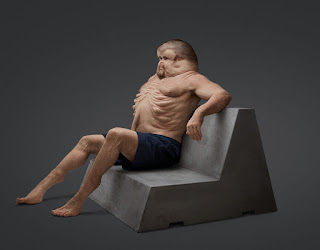Reading Response Compilation
Claire Bishop - Digital Divide While reading this article, I found it very interesting to see Bishop talk about research and curative work. In the past I wouldn’t think of curation or researching art to be an art form. However, after reading the portion about collecting pictures of Niagara Falls, I realize that it can be a form of art within documentation. I often times perceive digital art as lesser than other forms of art because I think we have taught to think that way. When more people have access to creativity, it seems that it has a lesser value. I also think this is due to the fact that there is no limit to the art you can find, however this is different when you go to physically see pieces in a museum for example. The museum has a certain number of exhibits and you regard them as important where as the content online is endless and therefore easier to access and worth less. Mark Fischer - The Slow Cancellation of the Future Although the idea of...



